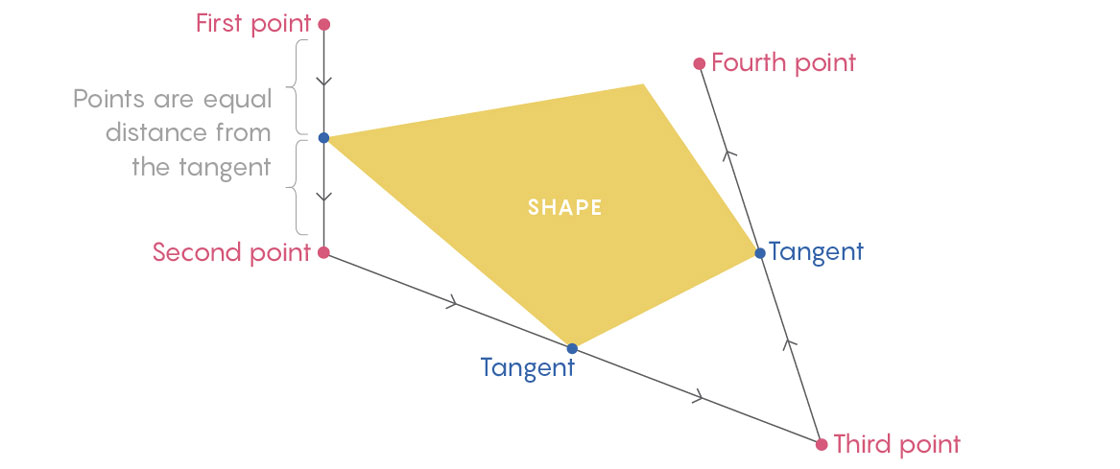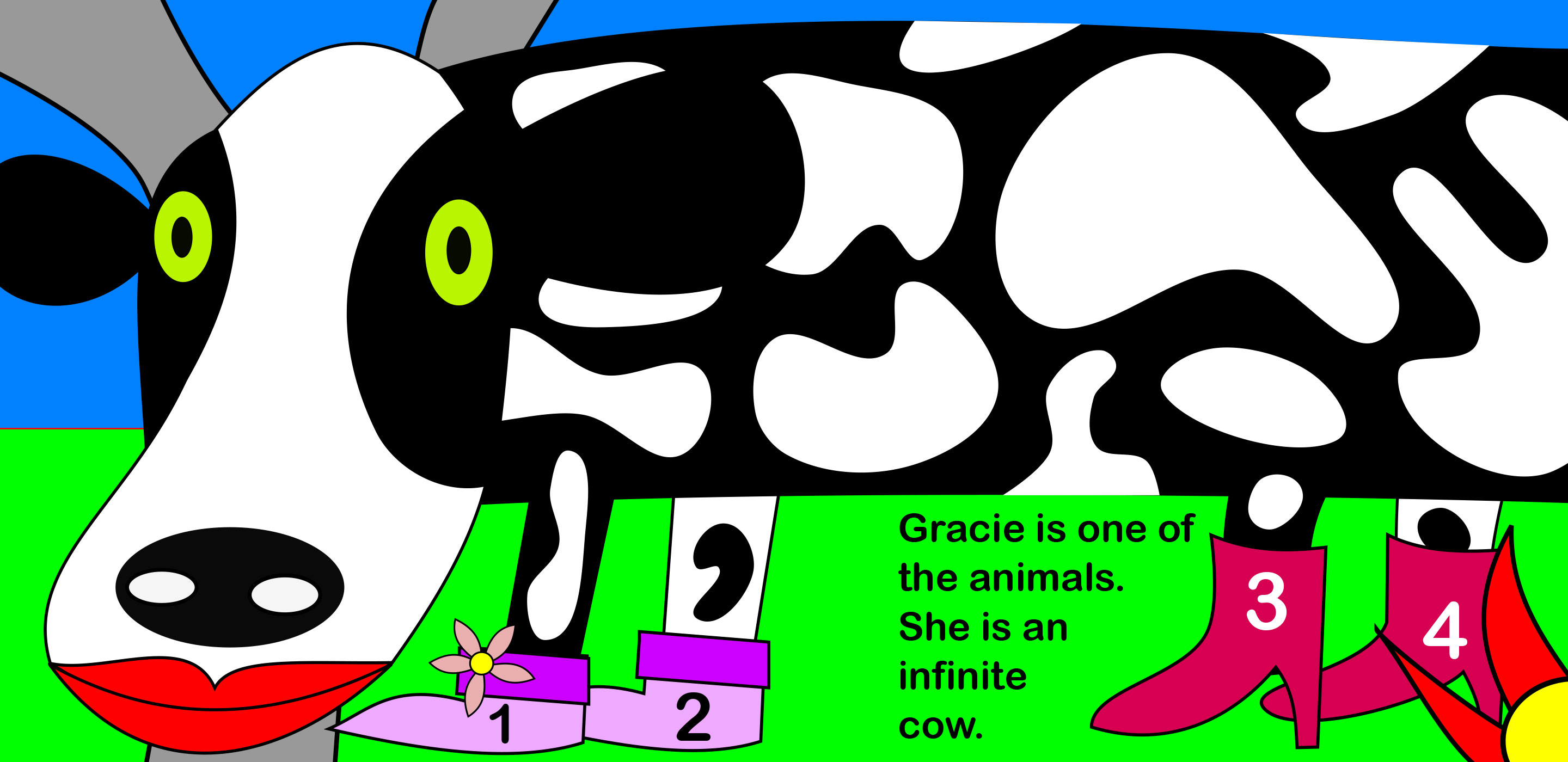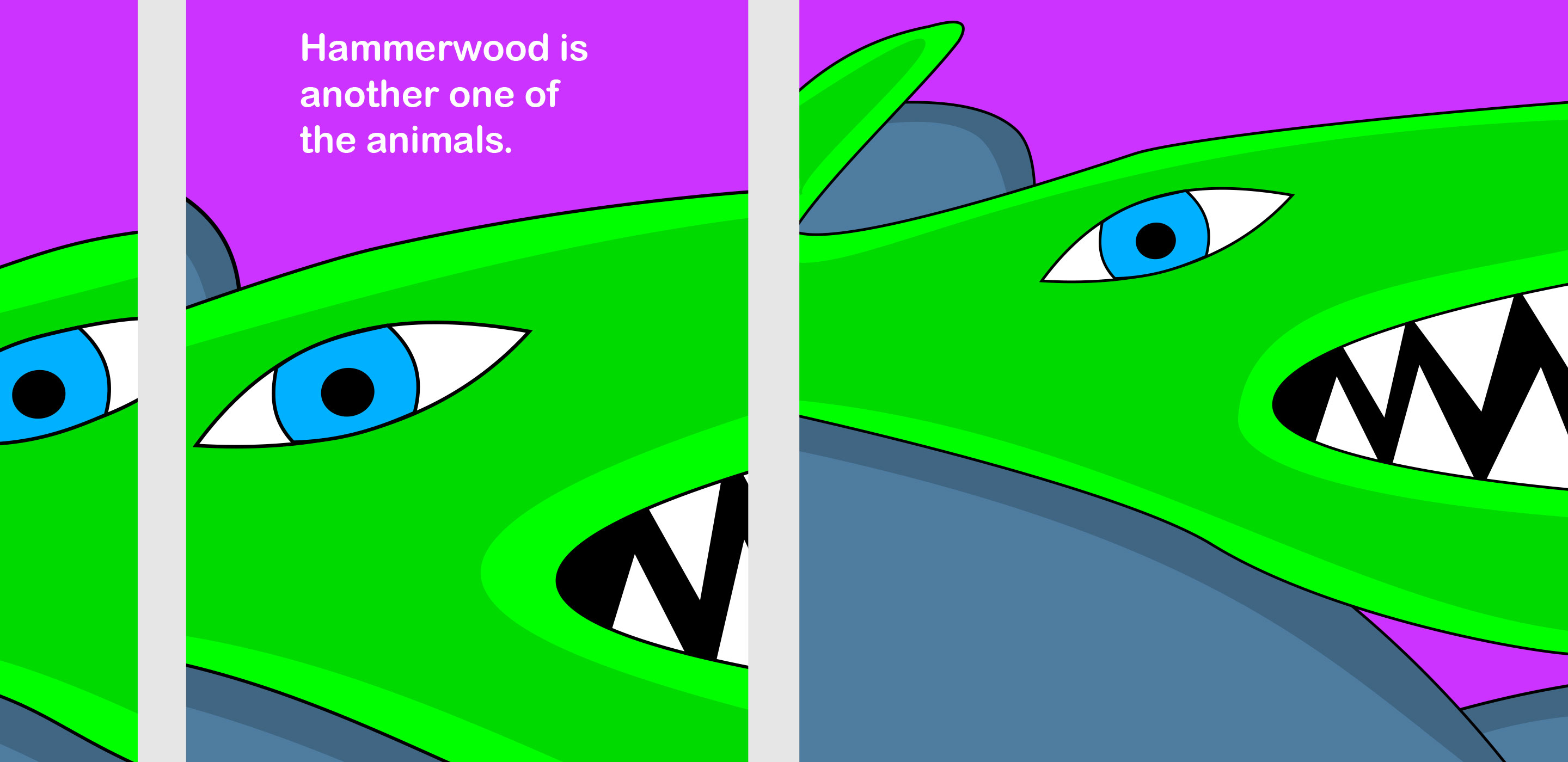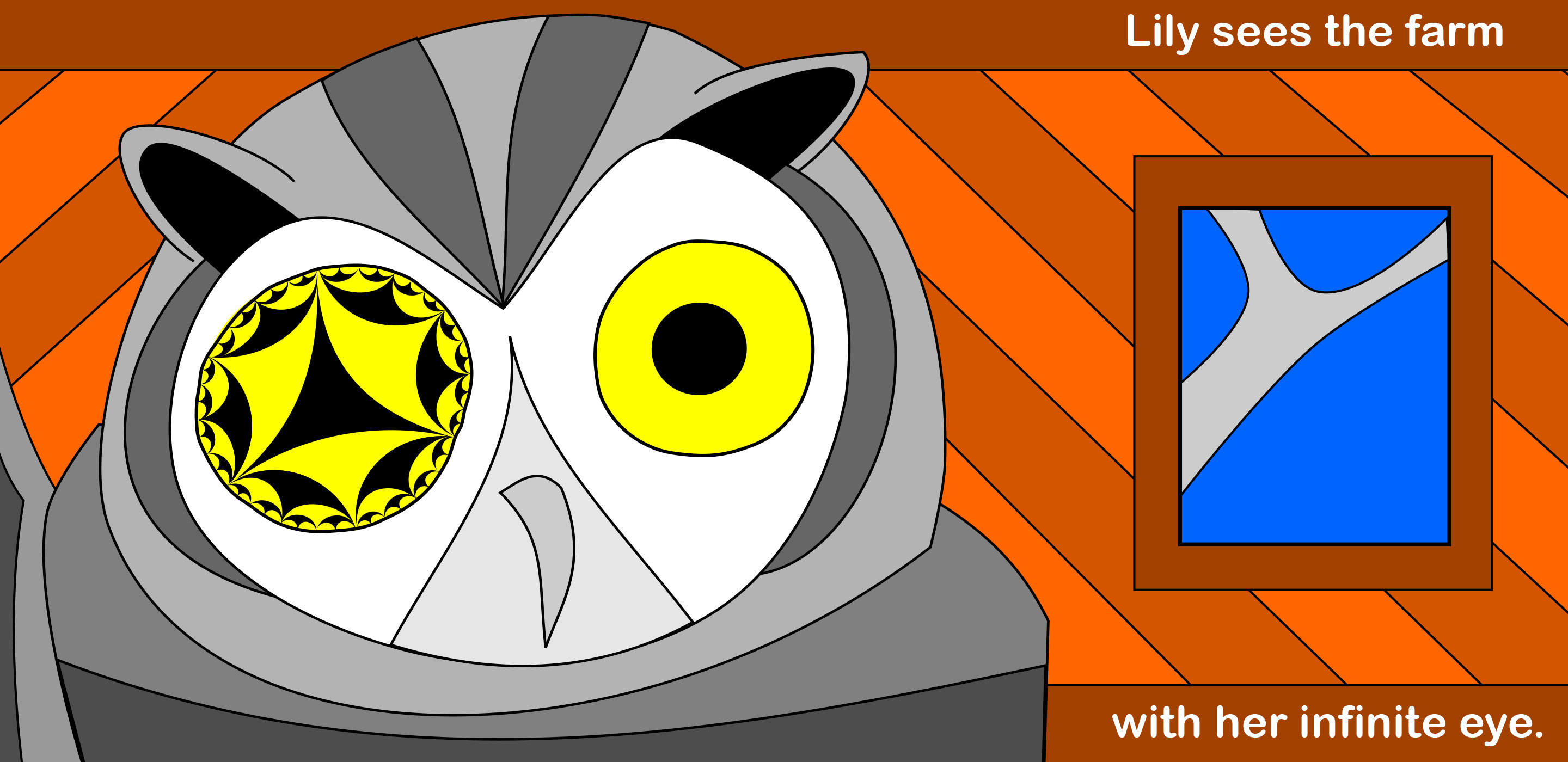In Praise of Simple Problems

Ian MacLellan for Quanta Magazine
Introduction
Most of the important discoveries in mathematics take place after decades or centuries of effort. If you want to attack the biggest problems, you’ll need to master a lot of highly technical material before you can even begin to say something new.
Such questions don’t interest Richard Schwartz. He likes problems he can read about today and start solving tomorrow — simple problems, fun problems, problems that have the aspect of a carnival game: Step right up and see what you can do with this one! It’s an unusual disposition among research mathematicians. Schwartz embraces it completely. “I don’t think I have a mature attitude towards math,” he said.
Yet none of this is to say that Schwartz is anything but a serious and accomplished mathematician. He is. He received his doctorate at Princeton University under the mentorship of Bill Thurston, one of the most important mathematicians of the last half-century. He is now a tenured professor at Brown University whose most important work has taken place in the field of dynamics, which studies the long-run behavior of iterative processes, like a billiard ball ricocheting on a frictionless table. In 2008 he proved that every triangle with angles all less than 100 degrees contains at least one periodic billiard path — a repeating path that a ball will trace and retrace forever.
Schwartz uses computer experiments in much of his work — he’s on the vanguard in that respect. As he explains, computers complement human mathematical thought in several ways: They draw out patterns that provide hints which lead to proofs that might not have been apparent to the mind alone.
Quanta Magazine spoke with Schwartz about his taste for simple problems, what he called the “miracles” of mathematics, and his upcoming math book for kids about infinity. An edited and condensed version of those conversations follows.
What do you like about mathematics?
I like all kinds of things about it. The first thing is I like the fact that it works, somehow. I like the fact that it’s procedural, and there’s a method to it so you can make progress. I like that you can get to the bottom of questions, unlike, say, politics or religion where you can just talk for years with people and no one will change the other’s opinion.
I also just like shapes and numbers. I’ve always had a love for these kinds of things for some primitive reason I can’t quite explain. Then, I like the intellectual challenge. I like solving problems, trying to solve problems that people can’t solve. There’s kind of a mountain-climbing aspect to it. Finally, I like the beauty of pure mathematics, much in the same way someone might like a work of art.
You said you like simple problems. Why?
I feel if it’s a simple problem that hasn’t been solved, it probably has some kind of hidden depth to it. In other words, there’s something missing in human knowledge that prevents people from solving the problem.
The second thing is that I like doing computer experiments, and so I feel that sometimes I have a chance of making progress. The modern computer is a new tool, and I think of these simple things as excuses for data gathering. Like, I’m just going to program the computer and run some experiments and see if I can turn up some hidden patterns that nobody else had seen just because they hadn’t yet done these experiments.
The third thing, which maybe sounds a little silly, is that the simple problems I like don’t require much background to get into them. I like things where I can just start working. I’m impatient. If I hear about some conjecture in some fancy area of math, I’m lazy about it. I don’t feel like spending six months reading the literature until I get to the point where I’m ready to attack this problem. I like to just get my hands dirty and start right away.
What’s an example of a simple problem?
One problem I got very interested in was the triangular billiards problem. It asks: If you look at billiards in a triangle, is there a periodic billiard path — one that traces the same path over and over again? This was known for acute triangles [where all of the triangle’s angles are less than 90 degrees], but it wasn’t known for obtuse triangles [where one angle is greater than 90 degrees]. The question is: Does every triangle have a periodic billiard path? So I made some progress on this. I proved that as long as all the angles are less than 100 degrees, there is a periodic billiard path.
Could you give me another example?
Another thing I worked on for quite a while and did solve is a problem in outer billiards. Here you have a convex shape in the plane, like an oval, square or pentagon. You start at a point outside the shape and you, well, maybe I should draw a picture of this.

Source: Richard Schwartz, adapted by Lucy Reading-Ikkanda/Quanta Magazine
You start at your initial point, then draw a line that goes tangent to the shape — it touches the shape at a single point. Stop at a point equidistant to the tangent point from your original point. Then repeat the process to create something like an orbit.
The main question all along was: Is there a shape and a starting point such that the point moves arbitrarily far from the shape? Is the orbit unbounded? This was a question I solved. I showed that for certain shapes — for kites, which are quadrilaterals with bilateral symmetry — you can escape.
Tell me about how you use computers in your work, and why you’re attracted to this process.
One thing I’d say is they’re unbelievably good scratch paper. Mathematicians, even the old greats like Gauss and Euler, were trying to gather experimental evidence. They’ll try to work out special cases on paper by hand to give them some idea of what might be happening. In a sense, the computer lets you do a lot more of that. It lets you gather much more experimental evidence about what might be true.
It’s also a visualization tool. It reveals things you’d have no idea would be true without it. A good example where you really need the computer is something like the Mandelbrot set. If you don’t have a computer, you could draw a couple points by hand. But then when people started doing these computer experiments, it just revealed this wealth of information about what’s going on. The Mandelbrot set, Julia sets, and all this stuff which would have been impossible to see without a lot of computation and plotting.
Are there any ways in which the computer allows you to solve qualitatively different kinds of problems?
I can just say my informal opinion, which is that mathematics is extremely good for highly symmetric objects. In a sense, mathematics is about miracles. A recent big example of this is the solution to the Kepler conjecture in eight dimensions by Maryna Viazovska. [The conjecture deals with the densest possible way to pack a collection of spheres together.] It’s curious that the Kepler conjecture in eight dimensions is much easier to solve than the Kepler conjecture in three dimensions. The reason is because there’s this miraculous sphere packing in eight dimensions which is extremely, extremely symmetrical. These special configurations in eight dimensions are like these miraculous things. Whereas without the presence of extraordinary symmetries, in a way, math doesn’t know what to do. So then the computer is very useful, because it lets you search through the possibilities.
Could you say more about what you mean when you say math is organized to find the most symmetric or beautiful kinds of objects?
It’s almost like mathematics goes through and picks out the shiniest, most beautiful objects right away. Like logarithms, or the zero, or exponential functions. And in geometry there are things like lines and planes. And later manifolds, curved spaces and weird things like schemes, which I don’t really understand well. Math is tuned toward these special canonical objects. You could say that’s what mathematicians should be doing — they should be finding more of these things, more gems. But on the other hand, they might be subtle gems that look very rough at first.
And computers can help find these subtle gems?
Sure, that was my experience with the outer billiards problem. At first, the motion produced by outer billiards on a kite seemed totally noisy and hard to understand, but I played around with different ways of representing the data. Eventually I got the idea to draw a kind of higher dimensional representation, and suddenly this beautiful pattern emerged. I never would have guessed it.
The computer can gather a large amount of information, it can organize things graphically, it can serve as your external memory, so it can help you recognize these underlying patterns that might be too remote to see unaided. The computer is a shotgun approach, you just try a bunch of stuff. In a way, you’re not using your brain at all, at least initially. But then you get some feedback — there’s something that you see — then you tune the experiment to the feedback you see. And if it’s successful, you really end up knowing something you never would have found on your own.

A fractal clock in Schwartz’s home office.
Ian MacLellan for Quanta Magazine
You’ve written several children’s books about mathematics. What’s been your motivation for writing them?
Two things. When my kids were young, I wanted to teach them about math. I started by writing a short book about primes for my daughter Lucy. But then I got carried away with the project and eventually wrote a full-length book called You Can Count on Monsters. Being around little kids is very inspiring to me, because I want to explain neat stuff to them. The other motivation is that I like drawing. I don’t even think I’m that great at drawing, but l like drawing computer pictures, and, so, there you go.
I like creative things besides math; it’s a break from my usual research. I like having a bigger audience. Like most mathematicians, the research problems I work on — even if they’re successful and it’s a solution to an unsolved problem — it’s not like hundreds of people are going to be reading it. It’s nice to know that thousands of people have read my picture books.
I’ve put a lot of intellectual effort into mathematics. I wonder, what’s the point of a large part of my life if I’m working extremely hard on these problems and producing things that a small number of people are going to see? Maybe with these kids’ books, it’s a chance to know that the fruits of my labor are paying off in a direct way.
You’re working on a new children’s book, Life on the Infinite Farm. What do you want to convey to kids about infinity?
When I was a kid, I used to think a lot about infinity — what it would be like if I had infinitely long arms, or what it would be like if a table was infinite. I thought kids would like this. Infinity is an interesting concept.
Is there anything in particular you want kids to understand about infinity?
The first thing is really just a sense of the possibilities for infinity, that infinity is not one thing. If you’ve never heard classical music, you might think, well, there’s classical music, that’s all there is. But if you were interested in it, you’d learn there’s baroque, classical, romantic, modern — all kinds of styles and instrument combinations. It’s mostly about acquainting kids with the possibilities. Here’s another way something could be infinite.
That’s the substantive part of it. The more basic thing is the wow factor, to let kids see something that’s really inspiring. Kids are learning this crap in school, basically, in math. It’s not well presented, they’re often forced to memorize stuff, and it’s not interesting at all. So the idea is to present something that’s really interesting and inspiring to kids.
Has your understanding of math changed over the 30 years you’ve been doing mathematics?
I don’t know, in a way my attitude towards math hasn’t changed much. I never had a taste for high-end fancy mathematics like, say, the Langlands program or category theory, and that hasn’t really changed. I don’t think I have a really mature attitude towards math. I remember having this thought in graduate school: It’s like you’re at a carnival and there are all these different games, like throwing a ring around a Coke bottle, and you just have to do some of these games to get your Ph.D. I don’t have a big research program, I’m still really attracted to these weird things.
Maybe one thing I appreciate more now is that the state of human knowledge is full of holes. When you’re young you have the impression that almost everything is known, but now I have this feeling that almost everything is unknown about mathematics. There are these very thin channels that people have gone along, like ants following each other along a trail. You find these long thin trails of things, and most things are undeveloped. I have more of a sense of the openness of it.
This article was reprinted on ScientificAmerican.com.










